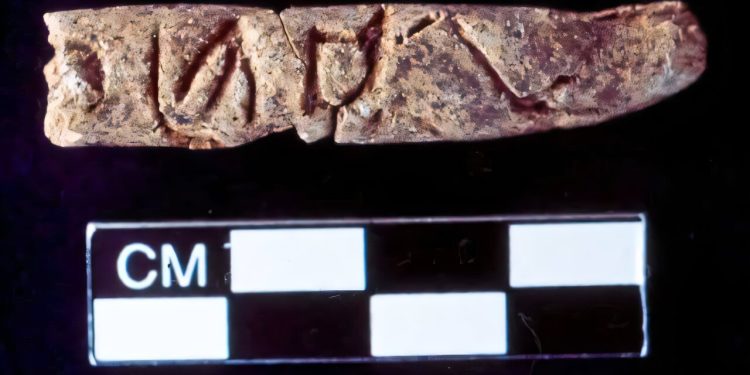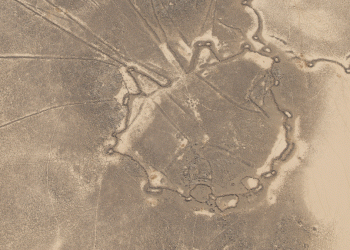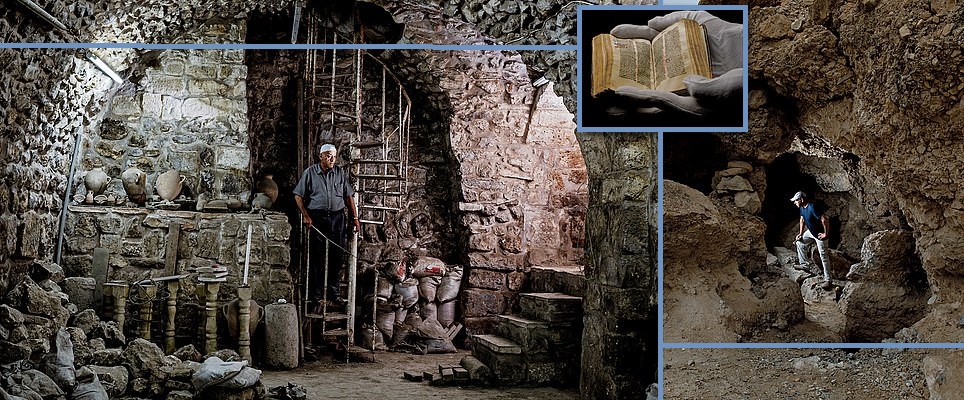A groundbreaking discovery has reshaped our understanding of the origins of written language. Researchers from Johns Hopkins University have uncovered what may be the oldest evidence of alphabetic writing, etched onto finger-sized clay cylinders found in an ancient Syrian tomb. Dated to approximately 2400 BCE, this find predates previously known alphabetic scripts by about 500 years, challenging long-held beliefs about the birthplace and spread of the alphabet.
A Revolutionary Discovery in Human Communication
Alphabetic writing, a transformative invention that democratized literacy by moving beyond the confines of the elite, fundamentally changed how societies functioned. Glenn Schwartz, a professor of archaeology at Johns Hopkins and the leader of the excavation, emphasized the significance of this discovery.
“Alphabets revolutionized writing by making it accessible to people beyond royalty and the socially elite. Alphabetic writing changed the way people lived, how they thought, how they communicated,” Schwartz noted. “This new discovery shows that people were experimenting with new communication technologies much earlier and in a different location than we had imagined before now.”
Schwartz will present detailed findings at the American Society of Overseas Research’s Annual Meeting on November 21.
Excavations at Tell Umm-el Marra: A Window into Early Urban Life
The discovery took place at Tell Umm-el Marra, a site in western Syria that was one of the earliest medium-sized urban centers during the Early Bronze Age. Schwartz and colleagues from the University of Amsterdam led a 16-year archaeological excavation at this historically significant site, which has offered critical insights into the development of early urban societies in the Near East.
The tomb containing the clay cylinders also held six skeletons, gold and silver jewelry, cookware, a spearhead, and intact pottery vessels. Positioned beside these vessels were the four lightly baked clay cylinders bearing mysterious inscriptions.
Interpreting the Inscriptions: A Puzzle of the Past
The perforated cylinders might have served as labels, potentially providing information about the contents of the vessels, their origin, or their owners. “Without a means to translate the writing, we can only speculate,” Schwartz admitted. However, the presence of these inscriptions raises new questions about the early use and evolution of alphabetic systems.
Using carbon-14 dating, the researchers verified the age of the tombs and artifacts, providing robust evidence for the unprecedented timeline of this writing system.
Rethinking the Alphabet’s Origins
The findings challenge the widely held belief that the alphabet originated in or near Egypt around 1900 BCE. These artifacts suggest a much older timeline and point to western Syria as a potential birthplace for alphabetic writing, fundamentally altering the narrative of how written language evolved.
“This discovery not only shifts our understanding of when and where the alphabet was invented, but it also opens up new avenues for exploring the interconnectedness of early civilizations,” Schwartz concluded.











